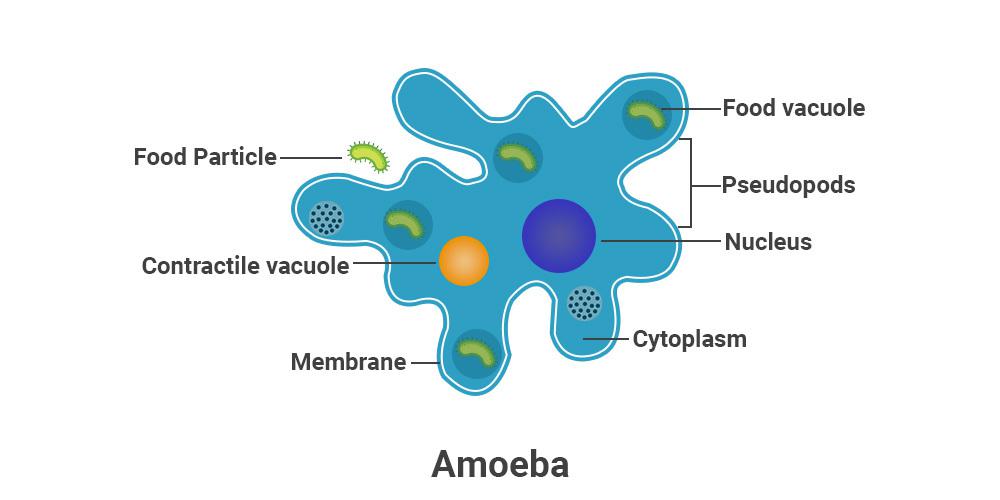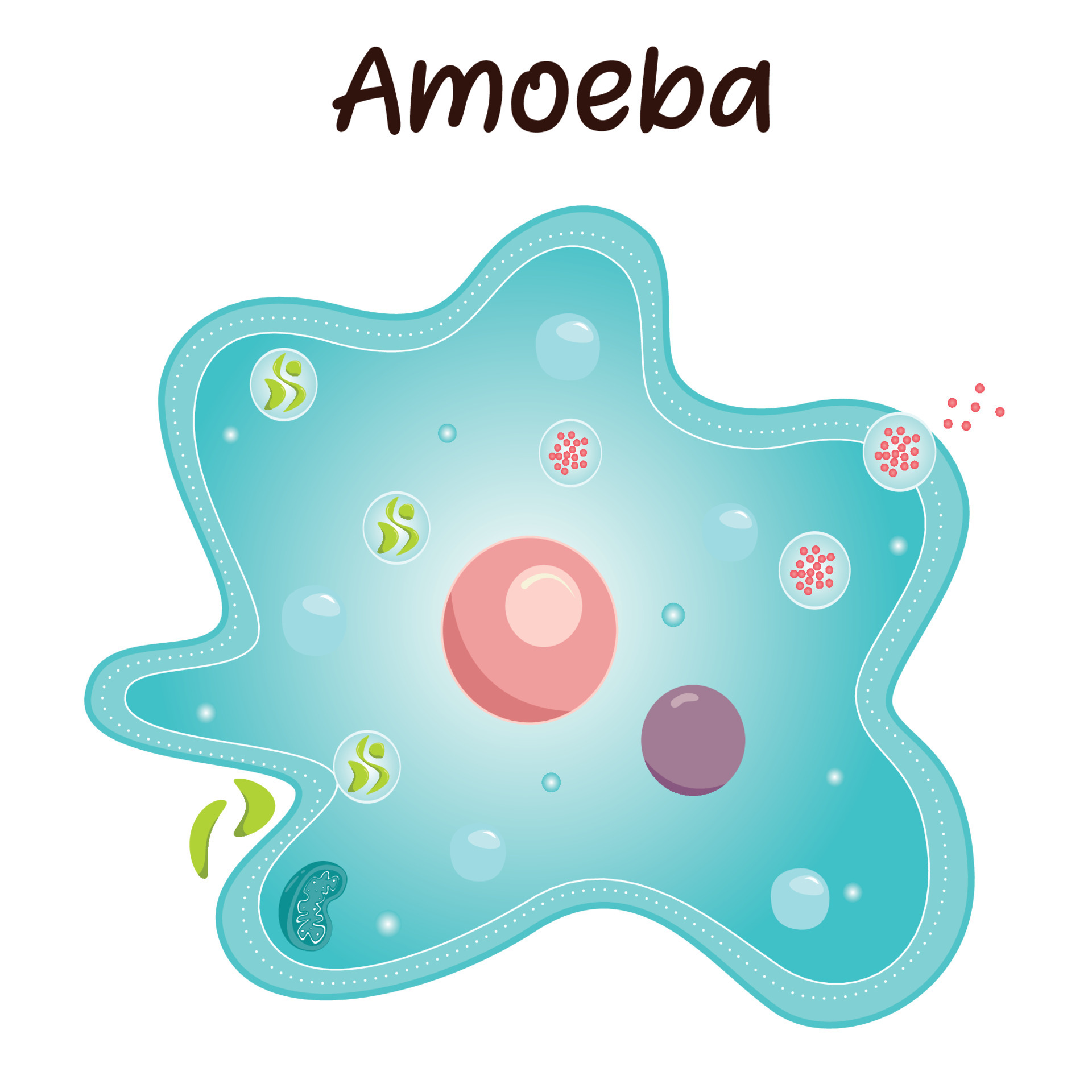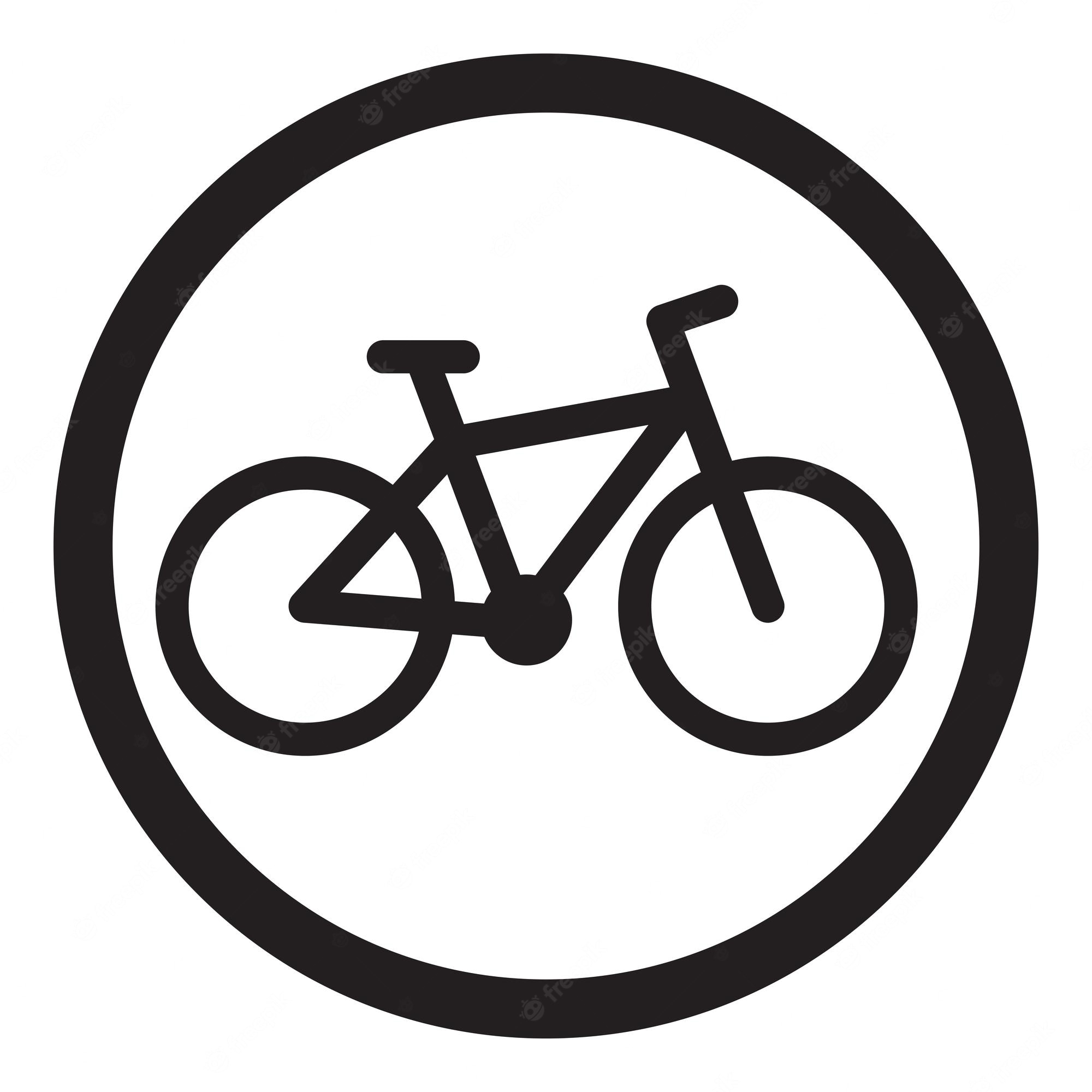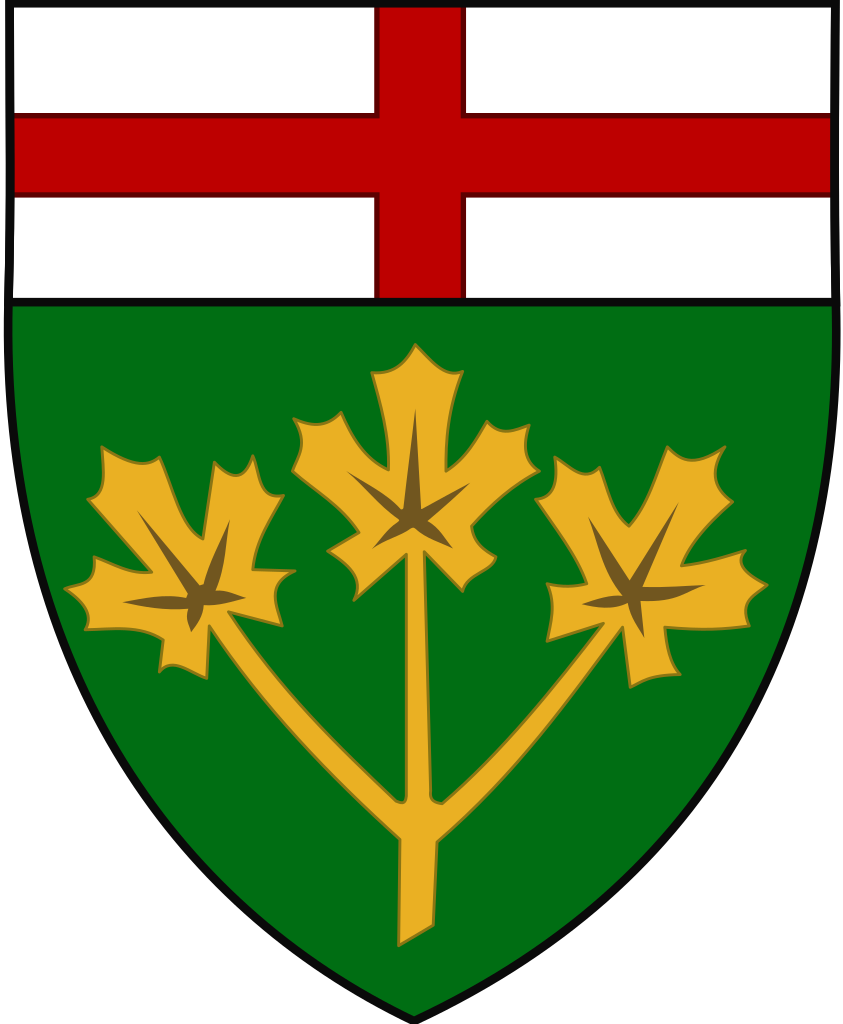Not quite. Just ran a couple of simulations with the motor I use. If you run a Bafang G310 at its nominal power of 250W at 5% incline, it would reach 150°C in 25 minutes. Its gears are nylon which soften and lose a lot of their strength well before that - in the 65-85 range. Their teeth would strip under power well before the motor reaches 150°C. At 10% incline it overheats in 5 minutes, gears would strip in less. If you run it at 500W on 5% incline and many controllers would give it that much, it would overheat in 12 minutes. Even on flat ground, I can get mine to 85°C by riding hard at high speed with the motor at ~450W in under 45 minutes. If then started climbing a steep incline with the same power and low speed, I’d very likely strip the softened gears. A friend stripped his this way. This is what they looked like:


You can see how the stripped teeth are at the motor rotor shaft end, which is one of the hottest parts of the motor.
A beefier motor like the GMAC can withstand 5% grade at 500-700W of power without overheating. Perhaps without losing teeth too since its gears are significantly stronger even if still nylon. 10% at ~650W would kill it under 13 minutes.
So it depends on a few variables but especially small motors aren’t difficult to “melt their gears of” by which I mean soften enough to strip under load.























Haha, yeah. Nylon is great because it keeps the metal bits from wearing, allows them to be softer and lighter materials like alu, prevents shavings from spreading and grinding bits, and they’re quiet. But they lose strength at not too high temps. Beefier nylon gears can have enough strength even when softer. E.g. the helical gear of Bafang BBSHD which people regularly run 1kW through. Some people used to put Delrin (Teflon) gears in their motors, but I don’t think production motors have ever done that. These gears from the pic are tiny with small, helical, teeth. The front version of this motor is 1.8-1.9kg. Whenever you see a bike with a small hub, smaller than a typical disc rotor, front or rear, it almost certainly has similar sized gears. I also have a Shengyi with similar parameters to the G310 and it has almost identical design inside.